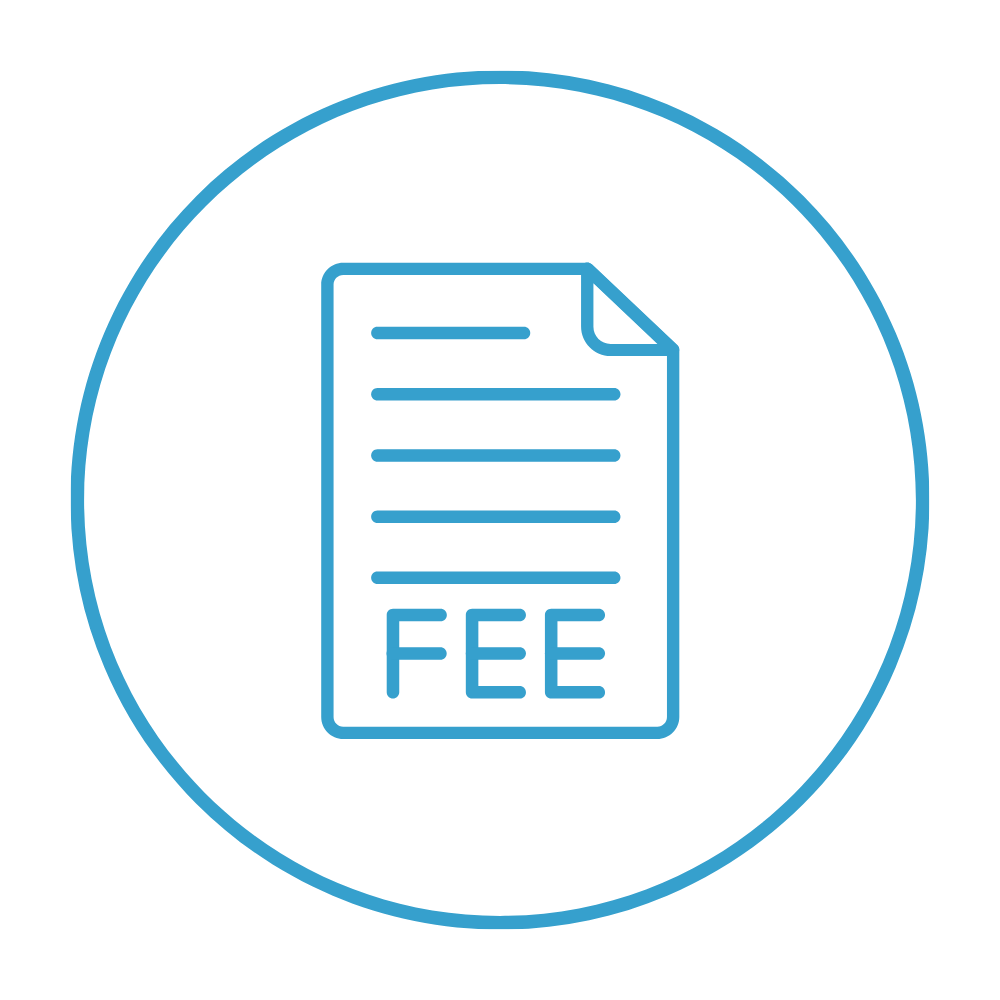Under REACH (Regulation (EC) No 1907/2006), certain chemicals are subject to restrictions or authorisation due to their hazardous properties and risks to human health and the environment. Failure to carry out these procedures correctly may halt your chemical export process.

What is REACH Restriction?
REACH restrictions (Annex XVII) are applied to substances that pose an unacceptable risk to human health or the environment. These restrictions can:
- Limit or ban the manufacturing, use, or sale of substances.
- Apply to substances such, in mixtures, or in articles.
- Cover specific conditions of use (e.g., concentration limits, specific applications).
Examples of Restricted Substances:
- Lead & its compounds
- Phthalates (DEHP, DBP, BBP, DIBP)
- Persistent Organic Pollutants (POPs)
- Nonylphenol & Nonylphenol Ethoxylates
Who is Affected by REACH Restriction?
The REACH Restriction requirements apply to manufacturers, importers, and downstream users, as well as companies that produce or sell products within the European Union.
What is REACH Authorisation?
REACH Authorisation (Annex XIV) is required for substances classified as Substances of Very High Concern (SVHCs) due to:
- Carcinogenic, Mutagenic, or Reproductive toxicity (CMR).
- Persistent, Bioaccumulative, and Toxic (PBT) or very Persistent and very Bioaccumulative (vPvB).
- Serious environmental or human health risks (e.g., endocrine disruptors).
Companies must apply for authorisation to continue using the substance.
Examples of Authorised Substances:
- Chromium (VI) compounds
- Certain phthalates (e.g., DEHP, DBP, BBP, DIBP)
Who Needs Authorisation?
Authorisation is required for companies that use listed substances in their processes, as well as for importers who bring products containing these substances into the European Union.
REACH Restriction and Authorisation with Chemleg
- Compliance Check: Assess if your substances are restricted or require authorisation.
- Alternative Solutions: Identifying substitutes for high-risk chemicals.
- Regulatory Application Support: Guiding you through authorisation and restriction compliance.
Please complete the form to schedule a consultation with our experts.
Frequently Asked Questions
What happens if I do not submit a REACH Authorisation application?
If an Authorisation application is not submitted for a product containing an SVHC substance, that product cannot be legally placed on the EU market. Such non-compliance may result in product recalls, administrative fines, and reputational damage.
Is the sale of products containing restricted or authorised substances completely prohibited?
No. These products may still be placed on the market under specific conditions, provided that the necessary applications are submitted, the lack of alternatives is demonstrated, and safe use is ensured within the legal framework.
How long does the REACH Restriction process take?
The duration of the REACH Restriction process may vary depending on the nature and intended use of the substance, but it typically takes several months.
If I have a product covered by REACH, am I required to apply for authorisation?
No, an Authorisation application is only required if the substance used in your product is listed as an SVHC and has been specifically designated as subject to Authorisation. However, since the list is regularly updated, continuous monitoring is essential.
If my chemical is present in a mixture, is authorisation still required?
Yes. SVHC substances present in mixtures are also subject to REACH requirements. Depending on the quantity and manner of use, Authorisation or notification obligations may apply.
What should I do if a new substance is added to the SVHC list?
You should urgently assess whether the substance is used in your products or processes and, if necessary, prepare for an Authorisation application. Chemleg can monitor such updates on your behalf to ensure compliance.
If I switch to an alternative substance, will I still need to apply for authorisation?
If you use a safe alternative that performs the same function and is not classified as an SVHC, you are no longer required to apply. However, this determination requires both technical and legal assessment. Chemleg also provides consultancy for identifying alternative substances and assessing their compliance.
How can Chemleg support me throughout this process?
Chemleg manages the entire process for you from SVHC analyses and technical dossier preparation to Authorisation applications, and Only Representative services. In doing so, we help minimise legal risks and ensure the continuity of your commercial operations.









